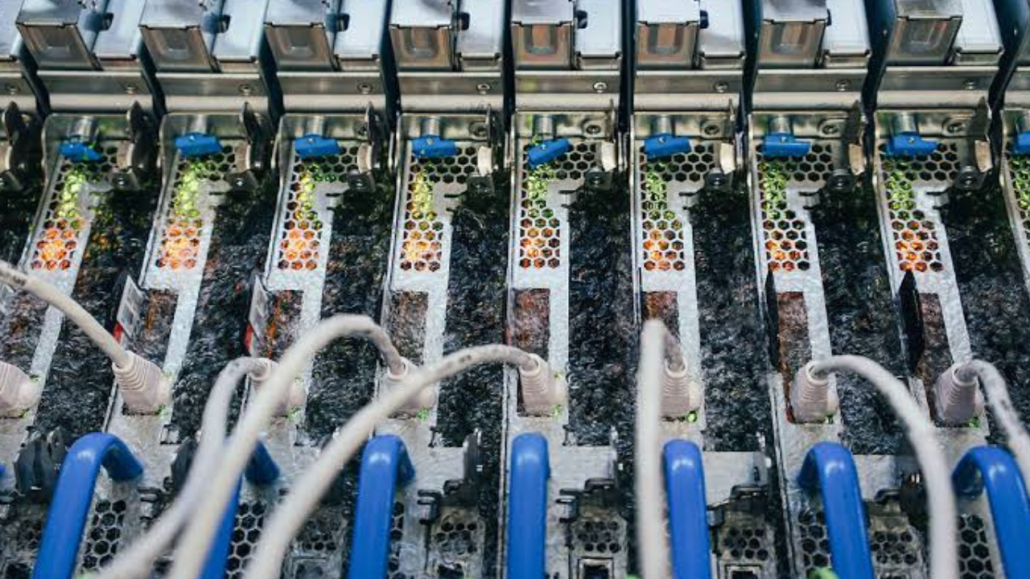Data centers cooling is cardinal to avoid overheating. If not done could cause downtime, loss of data, loss of equipment, a complete shutdown of servers gives rise to problems for users across the globe. Common data center cooling techniques are Calibrated vectored cooling (CVC), Chilled water system, Cold/ Hot aisle containment, Computer room air conditioner (CRAC), Critical cooling load, Evaporative cooling, Free Cooling, Raised Floor. These different procedures are used all over the world to cool data centers.
Microsoft for a few years has been trying to test its data centers in all types of environments. They tried to submerge the server under the water. This project was named Project Natick. This submarine-like data center is on Orkney Island in Scotland. Already cooled seawater will help them to avoid overheating. This technique will avoid overheating, but it will also make the environment stride. On land, corrosion from oxygen and humidity, temperature shifts, pollution, people, and bumps make it sturdy for data centers to escape from equipment failure. Whereas, underwater such collisions are not often and only improve the reliability of the data center.
Microsoft’s new technique to cool its data center is by bathing them in boiling liquid. This technique is used by crypto miners in recent years to mine for bitcoin and other cryptocurrencies. Unlike water, a type of liquid, 3M’s Novec 1230, with a low boiling point around 122F, 90 degrees lower than the boiling point of water to submerge these data centers.
The boiling effect, generated by the work the servers are doing, transfers heat away from toiling computer processors.Inside the vessel, the mist rising from the boiling fluid contacts a cooled condenser in the tank lid prompts the vapor to change to liquid and rain back onto the dipped servers, creating a closed-loop cooling system.“We are the first cloud provider that is running two-phase immersion cooling in a production environment,” said Husam Alissa, a prominent hardware engineer on Microsoft’s team.
Moore’s Law is playing an important role in this datacenter storage method. The production environment deployment of two-phase immersion cooling is the next step in Microsoft’s long-term decision to continue with demand for faster, more powerful datacenter computers at a time when reliable advances in air-cooled computer chip technology have slowed.
For decades, chip advances stemmed from the power to pack more transistors onto an equivalent size chip, roughly doubling the speed of computer processors every two years without increasing their electrical power demand. This doubling phenomenon is named Moore’s Law.
“Air cooling is not enough,” said Christian Belady, distinguished engineer and vice president of Microsoft’s datacenter advanced development group in Redmond. “That’s what’s driving us to immersion cooling, where we can directly boil off the surfaces of the chip.”
Microsoft’s faiths that its servers dunked in 3M’s fluid experience low crash rates on par with the underwater data centers it is testing as part of Project Natick—servers in a specially designed submarine, resting on the seabed.
